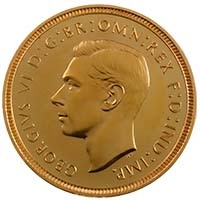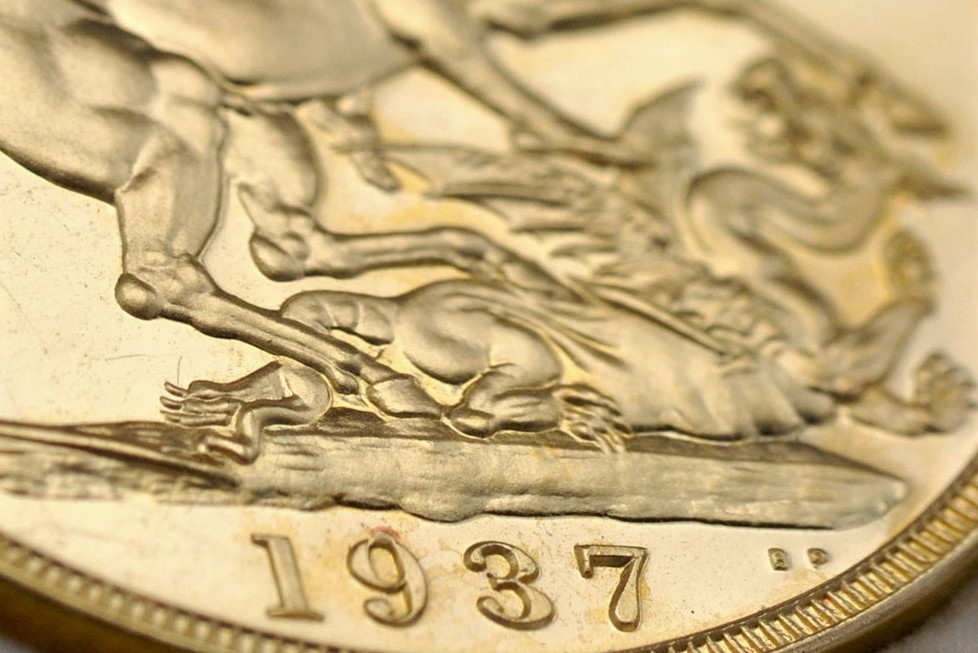
Today on The Britannia Coin Company blog, we're focusing on a favourite amongst Sovereign collectors: the four-coin set issued for the coronation of George VI.
As the only gold coinage issued with George's portrait during his reign, the 1937 Coronation Proof Set is highly desirable for that reason alone, never mind the limited numbers in which it was minted. Its design is also a conduit into the seismic political changes of George’s reign and the troubled circumstances in which he took the throne, following the abdication of his brother, Edward VIII.

A spectacular and highly sought after 1937 Gold Proof Sovereign set in its original case from The Royal Mint.
The Three Georges
The 1937 gold Sovereign set is the story of three Georges:
- George III, during whose reign the modern sovereign was introduced
- Saint George, the star of Benedetto Pistrucci's beloved reverse
- George VI, whose portrait feature on the obverse
The specifications of the modern gold Sovereign were established in 1817, during the final years of the Regency: the period when the future George IV ruled for George III. Named for an earlier gold coin, minted by the Tudor and Stuart kings, the new Sovereign would weigh in at 7.988 grams, with a consistent 7.322 grams of that being pure gold.
A unique reverse was commissioned for the new coins, featuring an iconic image of Saint George slaying a dragon, engraved by hot-shot Italian engraver, Benedetto Pistrucci. With Britain ascendant over Napoleon and a line of succession stuffed with Georges, the warrior saint was a germane subject.
The iconic Saint George design was used perennially on Sovereigns for the next century and adapted for a number of other coins, including Five Pound, Two Pound and Half Sovereign pieces. 110 years on, another king George would be on the throne and there was no doubt what reverse would be used on his new coinage.
The Reluctant King
George VI was about as British as his Hanoverian ancestors – and the Turkish Saint George for that matter. Born Albert Frederick Arthur George he choose George as his regnal name to emphasise continuity with his father, George V.
George or, rather, Albert, came to the throne reluctantly in the wake of his elder brothers' abdication. Edward VIII was forced to choose between his birth right and his love for controversial American divorcee, Wallis Simpson, eventually choosing the latter after months of wrangling with political and religious authorities. This put his sibling, the stammering Duke of York, in the hot seat.
Despite all this unprecedented disruption, royal traditions rolled on, including the preparation of coronation proof sets by The Royal Mint.
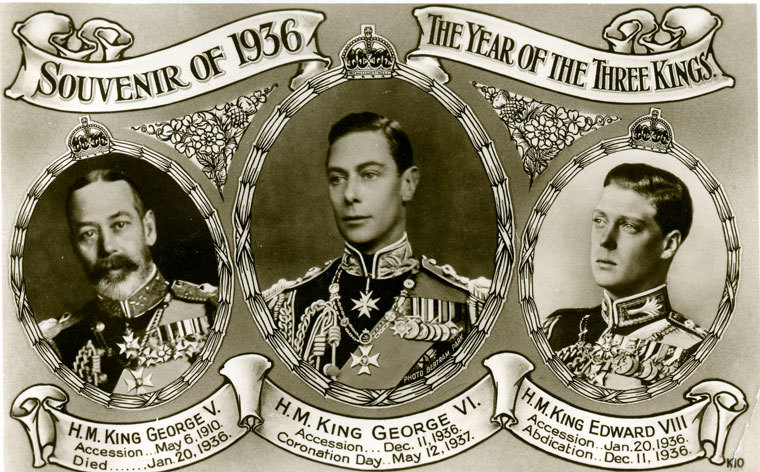
Three Kings in just a year meant a scramble at the Royal Mint to commission new coinage, first for Edward VIII and then for George VI.
1937 Sovereign Specifications
The gold Sovereign set issued for George VI’s 1937 coronation contained four coins:
· 1937 Quintuple Sovereign / Five Pound
- Total Gold Weight: 39.94 grams
- Pure Gold Content: 36.61 grams
- Fineness: 916.7
- Diameter: 35.00 mm
· 1937 Double Sovereign / Two Pound
- Total Gold Weight: 15.98 grams
- Pure Gold Content: 14.63 grams
- Fineness: 916.7
- Diameter: 28.40 millimeters
· 1937 Sovereign
- Total Gold Weight: 7.98 grams
- Pure Gold Content: 7.32 grams
- Fineness: 916.7
- Diameter: 22.05 millimeters
· 1937 Half Sovereign
- Total Gold Weight: 3.99 grams
- Pure Gold Content: 3.66 grams
- Fineness: 916.7
- Diameter: 19.30 millimeters
All the coins in the set bear a similar design, scaled for the denomination. The reverse featuring Pistrucci's classic Saint George and, on the obverse, an effigy of the new king.
The original 1937 four-coin sets were offered to collectors in burgundy leatherette cases with a velvet and silk interior. Many of these sets have been broken up over the years, allowing the coins to be sold individually.
Humphrey Paget's Design
The artist behind the portrait of the George VI that features on the obverse of all coins in the 1937 Sovereign set was Humphrey Paget OBE.
Paget was born in 1863 into a family of artists. His uncle, Sidney Paget, illustrated the original Sherlock Holmes stories, reportedly using Humphrey's father, Walter, as the model for the titular detective.
A prolific designer of coins and medals, Paget is, perhaps, best remembered for his rendition of Francis Drake's Golden Hind: the sailing ship that appeared on the Halfpenny from 1937 until the coin was withdrawn in 1969.
Paget was commissioned to craft an effigy of George VI based on the success of an earlier coinage portrait of Edward VIII. When Edward was still Prince of Wales, Paget engraved his image on a medal for the Honourable Company of Master Mariners. Edward was then the Master of the Company. On the death of George V, officials at the Royal Mint requested that Paget adapt his medallic portrait in low relief, suitable for the new King's coinage.
The minting process for Edward VIII's coins was due to begin in January 1937 but was suspended following his December 1936 abdication. As such, only a very small number of trial Edward VIII coins were ever made, including six Sovereigns, only two of which are in private ownership. These extremely rare pattern coins set records when they come to the market.
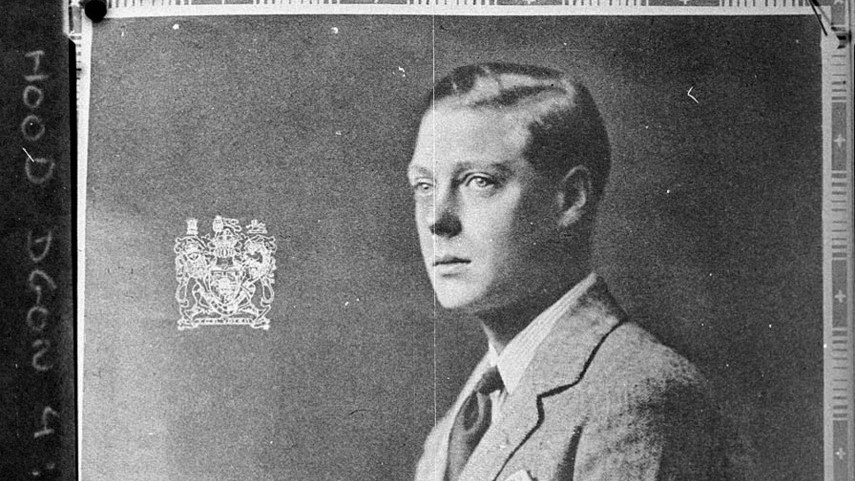
Humphrey Paget created the portrait of Edward VIII intended to appear on his money. That commission led to a job creating coinage for Edward's brother, George VI.
A Classic Royal Coinage Portrait
Edward's abdication created an urgent need for a portrait of his brother, who suddenly found himself on the throne as George VI. With the new King's coronation looming, Paget was chosen to render a coinage effigy in double quick time.
Despite a rushed deadline, Paget created what The Royal Mint Museum describes as 'the classic coinage head of the 20th century'. When it was adopted, Paget became the only artist in the last hundred years to have a second obverse approved for use on sterling coinage. His initials – HP – appear below the neck truncation.
Traditionally, the direction the monarch faces on their coins alternates with each successive ruler. That is, while Charles II faces right, James II faces left. Edward VIII should have, per precedence, faced right, but favoured his left-facing profile. George VI follows Edward, facing left.
Paget's uncrowned effigy of George was in use on British and Dominion-state coinage from 1937 until the King's death in 1952, though a crowned portrait by Percy Metcalfe was used in some colonies.
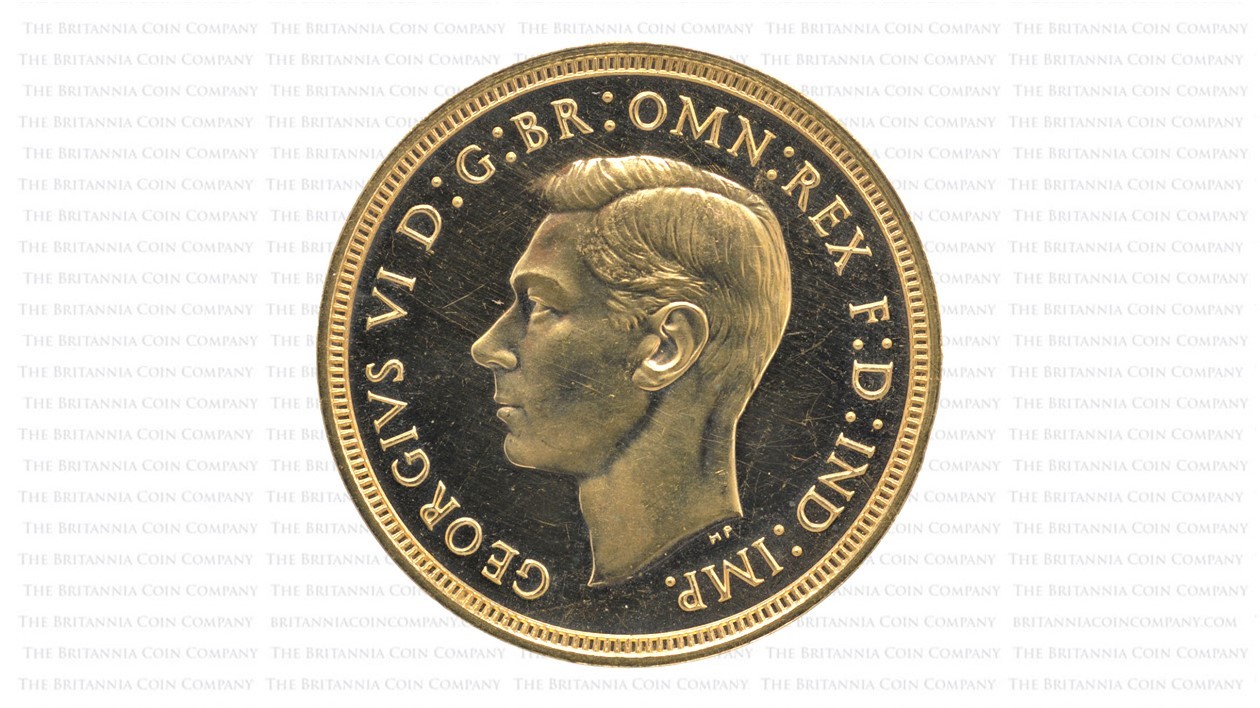
Humphrey Paget's seminal portrait of George VI as it appears on the obverse of a 1937 King George VI Gold Proof Sovereign.
The Last Days of the Empire
Encircling Paget's effigy, on the obverse of each of the coins in George VI's four-coin gold sovereign set, is the legend: 'GEORGIVS VI D : G : BR : OMN : REX F : D : IND : IMP.' This translates to 'George the Sixth by the grace of God, King of all the Britons, Defender of the Faith, Emperor of India.'
While accurate in 1937, this list of titles and honours would be out of date by the end of George's reign. After India attained independence in 1947, George relinquished the title of Emperor of India, instead adopting the new title of Head of the Commonwealth. In the same period, Ireland officially became a republic, making 'King of the Britons' a partial style at best.
Between this inscription and the youthful portrait, created in the aftermath of the abdication and George's unexpected elevation, the 1937 sovereign set represents an ephemeral moment in modern British history.
A Single Issue of Gold Sovereigns
1937 would be the only time that Paget's portrait of George VI appeared on gold coinage during his reign. The gold George VI Five Pounds, Two Pounds, Sovereign and Half-Sovereign were only struck in his coronation year.
By the Interwar years there was no question of issuing gold coins for circulation: after the First World War they tended to be worth more as gold than as currency. The extremely limited number that were minted in 1937 were sold directly to collectors.
Further Sovereigns were minted in 1949, 1950 and 1951 but these were restrikes, made using 1925 George V dies. The coronation of George's daughter, Elizabeth II, in 1953 saw the issue of another ceremonial proof set with bullion and collectors Sovereigns appearing in later decades.

1937 gold Five Pound, Two Pound, Sovereign and Half Sovereign: the first and only issue of gold coins during the reign of George VI.
The Most Sought After Sovereign Set?
While an Edward VIII Sovereign might be the ultimate acquisition for Sovereign collectors, the gold coinage of George VI remains supremely desirable and somewhat easier to acquire.
Only 5,001 each of the proof George VI Five Pounds, Two Pounds, Sovereigns and Half Sovereigns were ever minted. Whether they are sold individually or in the four-coin set these coins achieve high prices that have increased significantly in recent years, particularly after the film The King's Speech invigorated public interest in George VI.
In addition, a very small number of matt proof 1937 George VI gold coins were produced. Supposedly these exceedingly scarce matt coins were fashioned so that photographs could be shot for sales catalogues: the technology at the time made taking images of high-shine proof coins difficult.
Right now we have two individual coins from the 1937 Coronation set avaialble on The Britannia Coin Company website:
- 1937 King George VI Gold Proof Sovereign - a good example of a Full Sovereign from this highly sought after set
- 1937 King George VI Gold Proof Five Pounds: NGC PF64* Cameo - a stunning Quintuple Sovereign, graded by NGC as PF64* Cameo
We don't expect these examples to stay available for long so buy now if you'd like to crown your collection with these scarce 1937 George VI coronation Sovereigns.
Frequently Asked Questions
The 1937 Sovereign set represents the only issue of gold coins made during George VI's reign to bear the reluctant King's portrait. Minted to coincide with his coronation in 1937, the gold proof set contained a five pound coin, a two pound coin, a full sovereign and a half sovereign.
The 1937 proof set contained four coins: a five pound or quintuple sovereign, a two pound or double Sovereign, a full Sovereign, and a half Sovereign. All bore the same designs, scaled for the denomination: Humphrey Paget's portrait of George VI and Benedetto Pistrucci's Saint George.
Coins in the 1937 Sovereign set were only struck in gold proof. By the early twentieth century, gold coins were not minted for circulation, only for commemorative purposes. The 5,001 four-coin sets struck for George VI's coronation were sold directly to collectors.
Only 5,001 1937 George VI four-coin Sovereign sets were ever minted. The 1937 issue was the only time during George's reign that gold coinage was struck with his portrait, making currency from his coronation set highly prized by Sovereign collectors and followers of the royal family.
Humphrey Paget designed the portrait of George VI that appears on the obverse of coins in the 1937 gold proof Sovereign set. This portrait also appeared on George VI's circulating coinage. It is paired on coins in the coronation Sovereign set with Benedetto Pistrucci's George and the Dragon reverse.
If you're looking to expand your collection of gold proof sovereigns, the 1937 George VI sovereign is an important acquisition, as are the other coins that formed George's coronation set. Purchasing individual coins can be a more affordable option as opposed to the complete four-coin set.
1937 was the only year that gold sovereigns were minted with George VI's portrait during his reign. Only 5,001 coronation proof sets were issued making those that come to the market highly desirable among Sovereign collectors. Gold coins from the George VI proof set are much sought-after.
You can buy 1937 George VI Sovereigns, half Sovereigns, two pound and five-pound coins individually or in their original four-coin set. These coins were only minted in proof standard and the condition will affect the price. Scroll down to browse available coins from this sought-after issue.

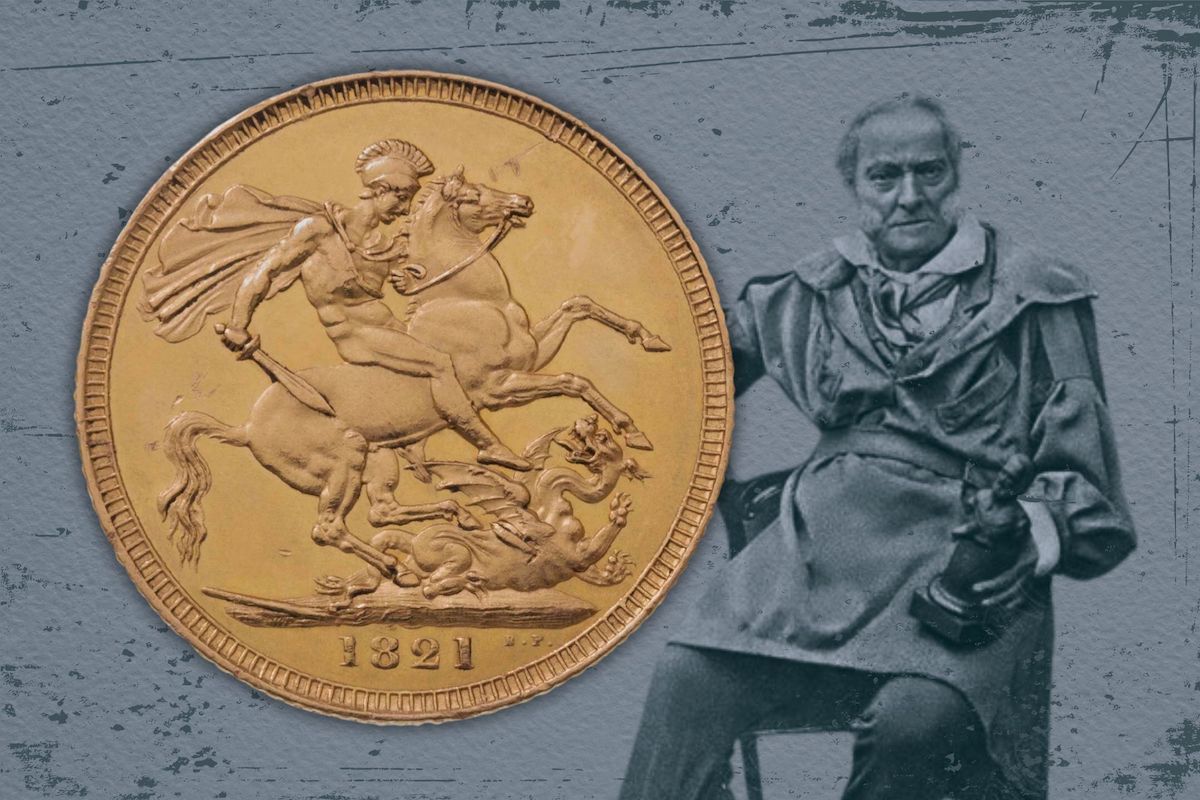
.jpg)
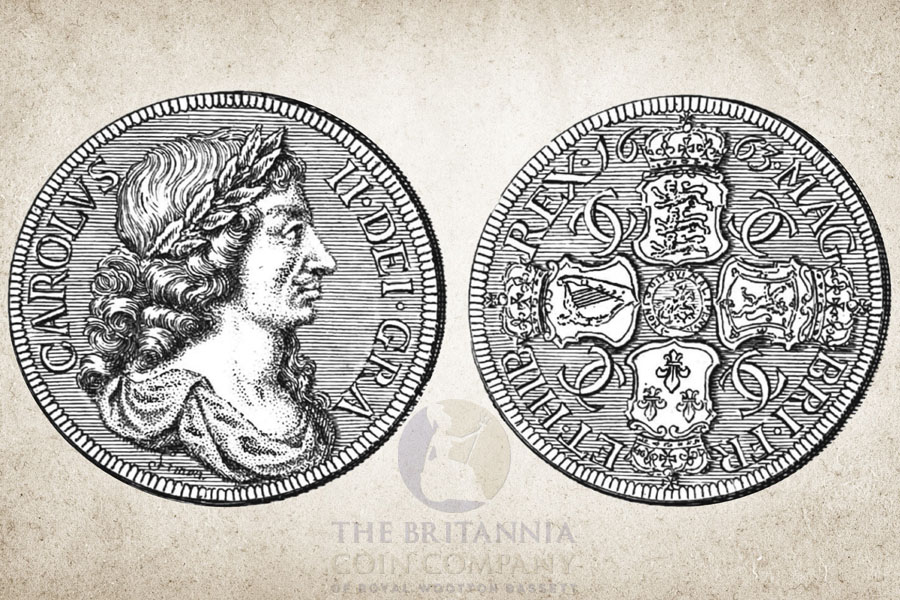
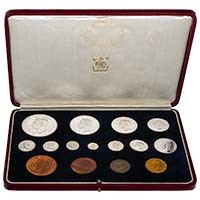
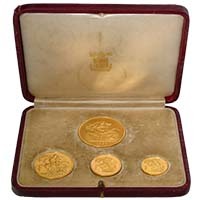
.jpg)
